Highlights
-
Demonstration of spatial-division-multiplexed network based on the first field-deployed 15-mode fibers
-
The world’s first successful optical switching of 15-mode multiplexed signals by spatial optical switch prototype
-
A major step toward the realization of a backbone communication system that supports various information communication services after Beyond 5G
Background
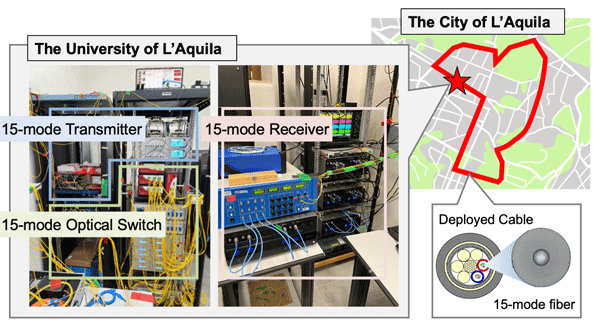
Achievements
Future Prospects
Responsibilities of each organization
References
European Conference on Optical Communication (ECOC2022)
Previous NICT press releases
- World's First Successful Transmission of 1 Petabit per Second Using a Single-core Multimode Optical Fiber
https://www.nict.go.jp/en/press/2020/12/18-1.html - First Demonstration of a 1 Petabit per Second Network Node
https://www.nict.go.jp/en/press/2019/10/17-1.html
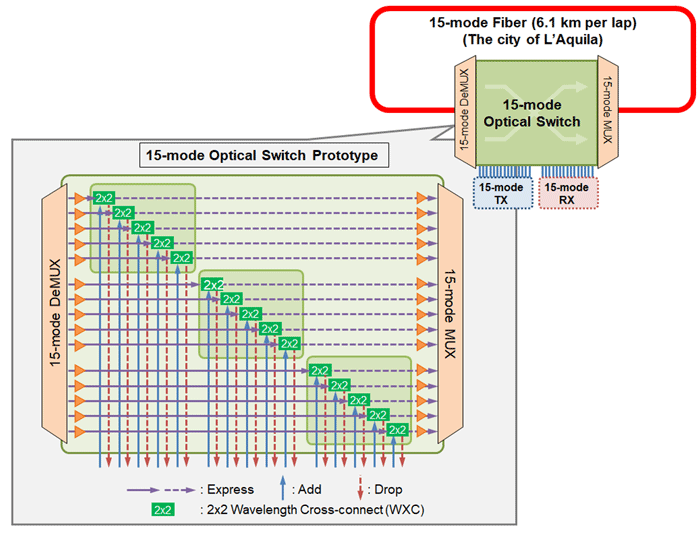
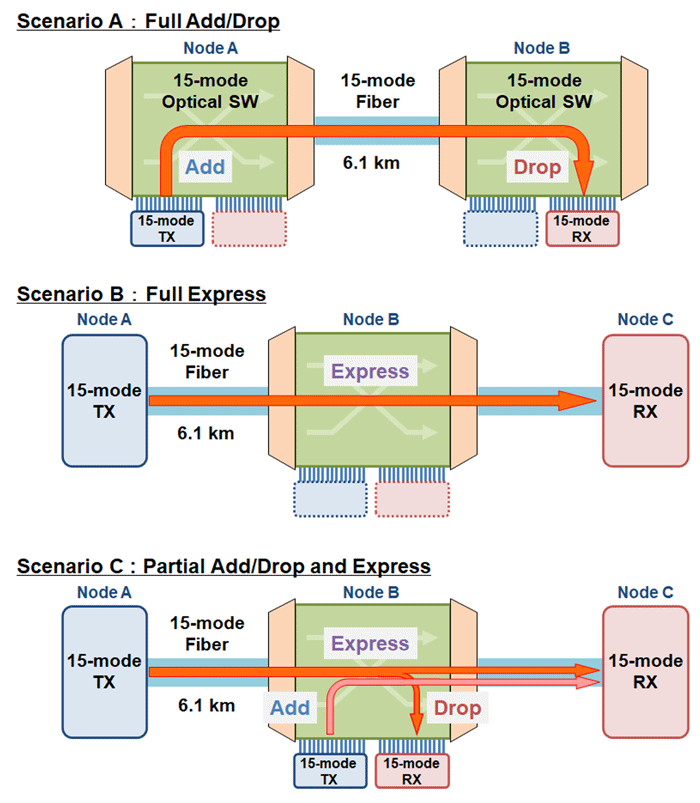
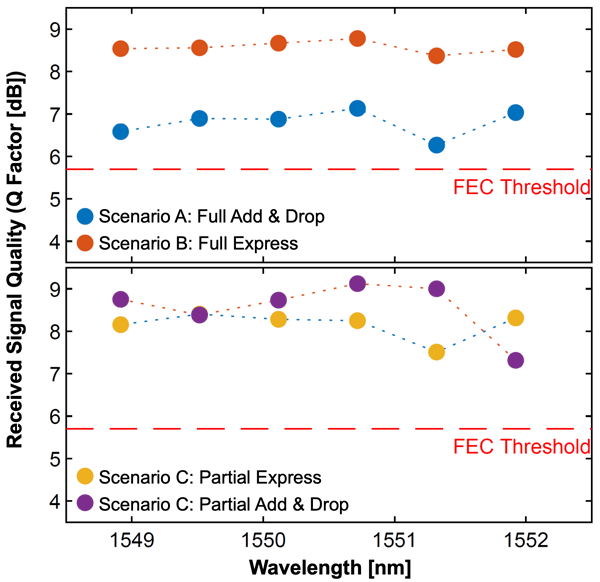
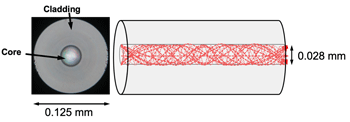
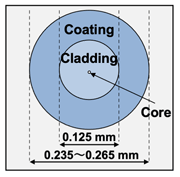
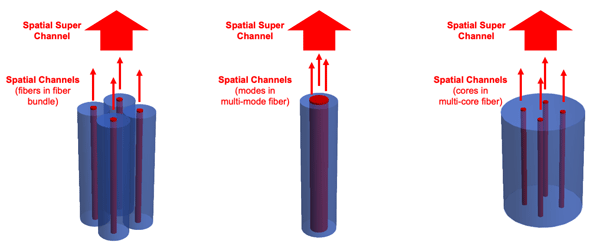

 ml.nict.go.jp
ml.nict.go.jp